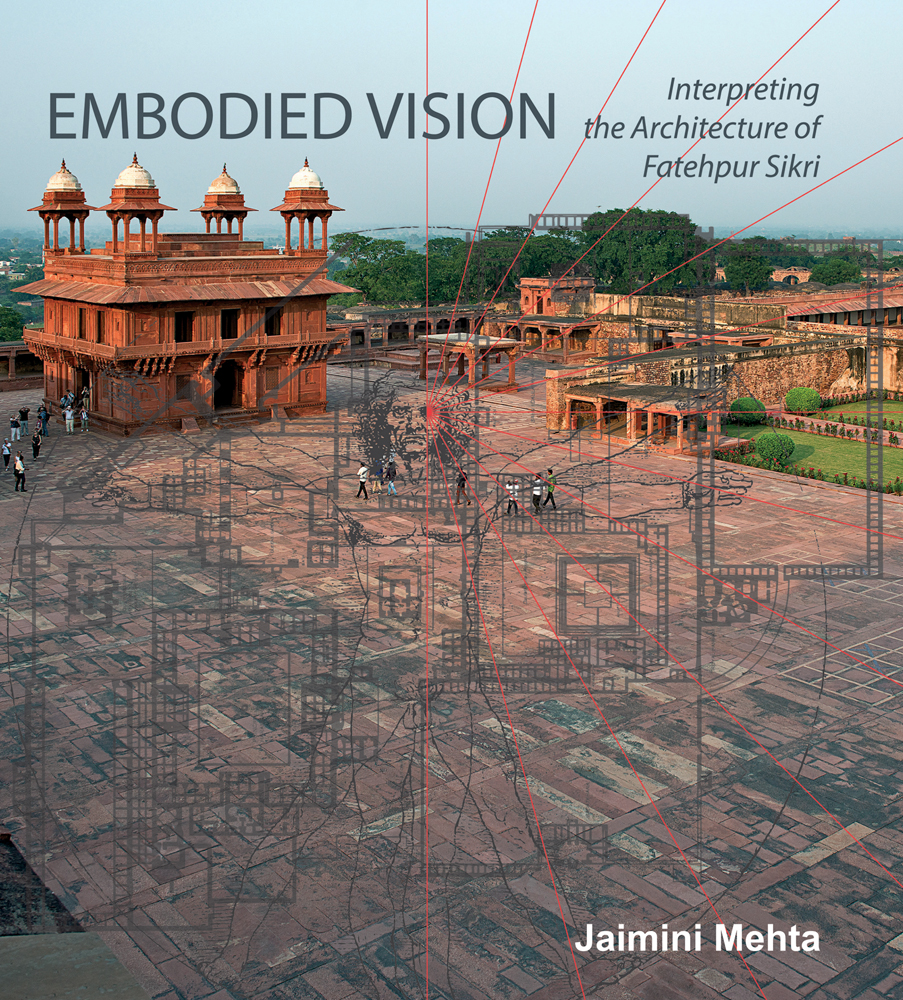
Embodied Vision
Interpreting The Architecture Of Fatehpur Sikri
- The book emphasizes the importance of an 'embodied vision' in the conceptualizing and development of architecture in tradition-bound and pre-rational societies
- Professor Mehta counters with convincing arguments and extensive research the preconceived notion that Fatehpur Sikri does not have a plan and is built in a haphazard manner
Embodied Vision delves into a series of representations Fatehpur Sikri has been subjected to and concludes that there is an inexorable tension at its core embodied in the constantly shifting axes, complex rhythms, raising or lowering of the ground planes, juxtapositions of mythical symbols and the conflicting pulls of traditions and human will. The space of Fatehpur Sikri is revealed to us through perception more than through geometry. Professor Mehta’s unconventional interpretation of the architecture of Fatehpur Sikri emanates from his exploration of the history of architectural representation and leads him to conclude that the tools of designing, representation and analysis, which we normally use today, did not exist in sixteenth-century India when Fatehpur Sikri was built. These drawings, which assume our “mind’s eye” hovering above the city and taking in the whole of reality at once, have failed to represent the existential lived experience of inhabitation of architecture.
- Publisher
- Niyogi Books
- ISBN
- 9789383098484
- Published
- 22nd Dec 2014
- Binding
- Hardback
- Territory
- USA & Canada
- Size
- 9.31 in x 10.31 in
- Pages
- 160 Pages
Our Catalogs
Browse Our Books
Please log-in or create an account to see your recent items.